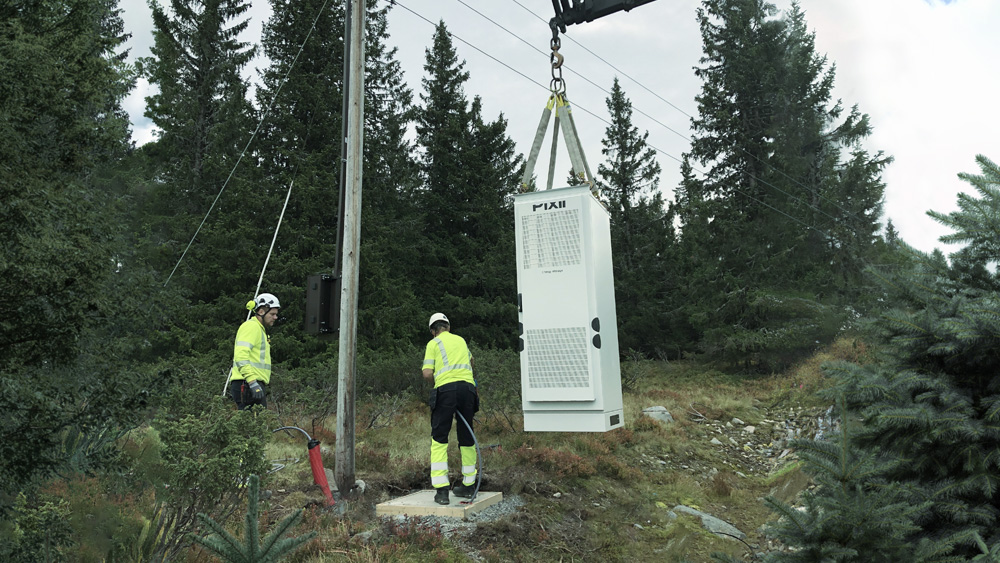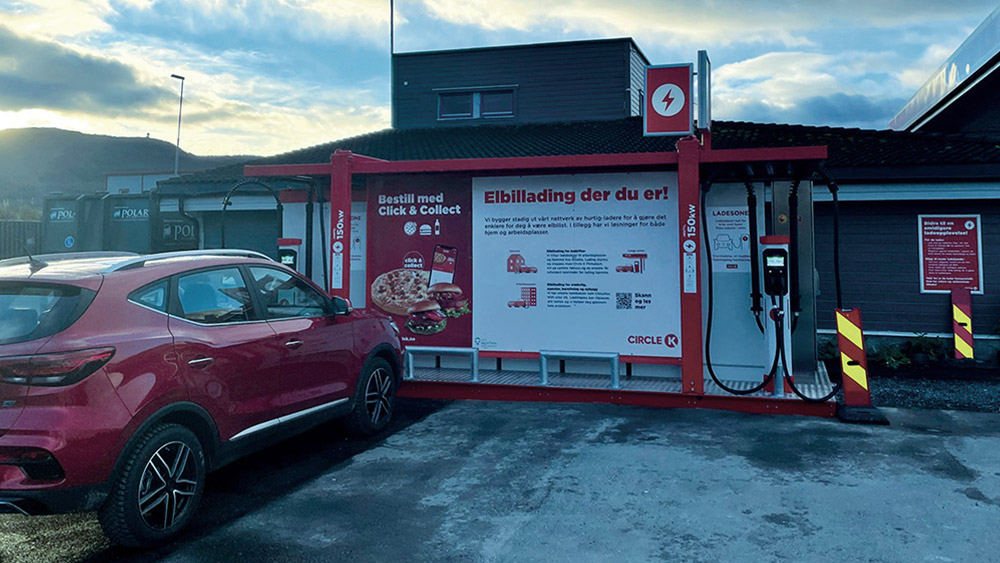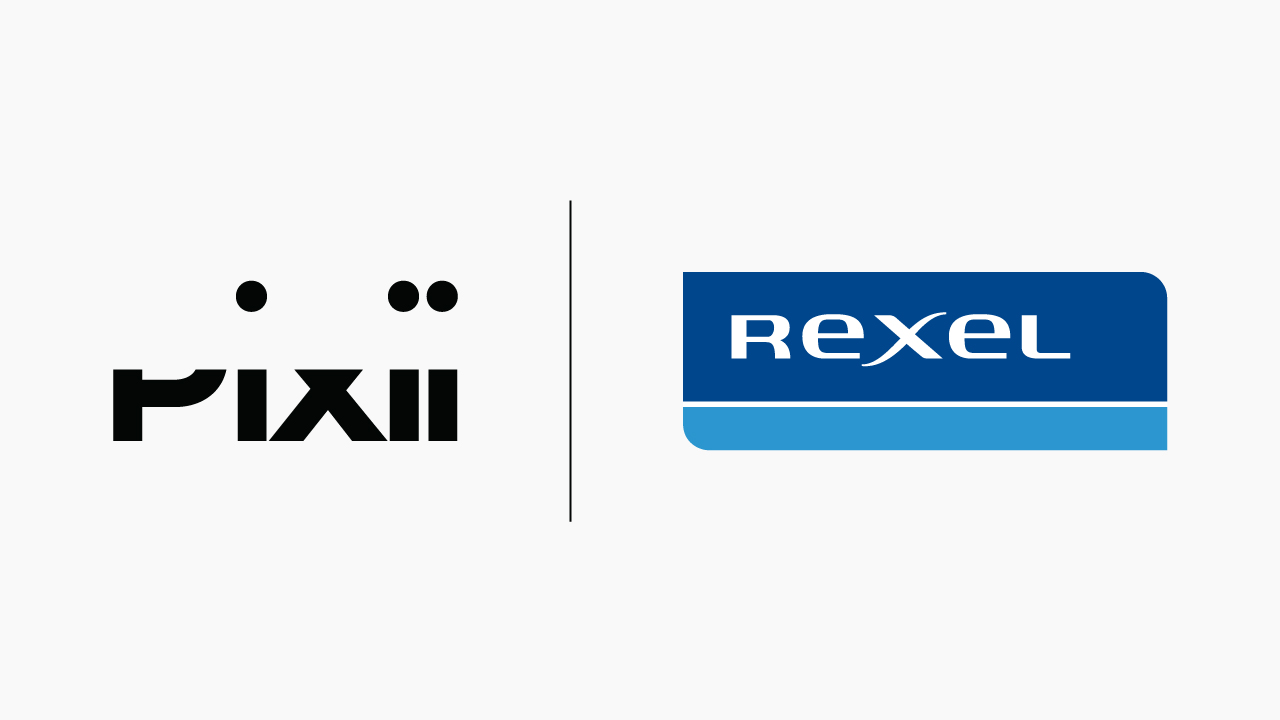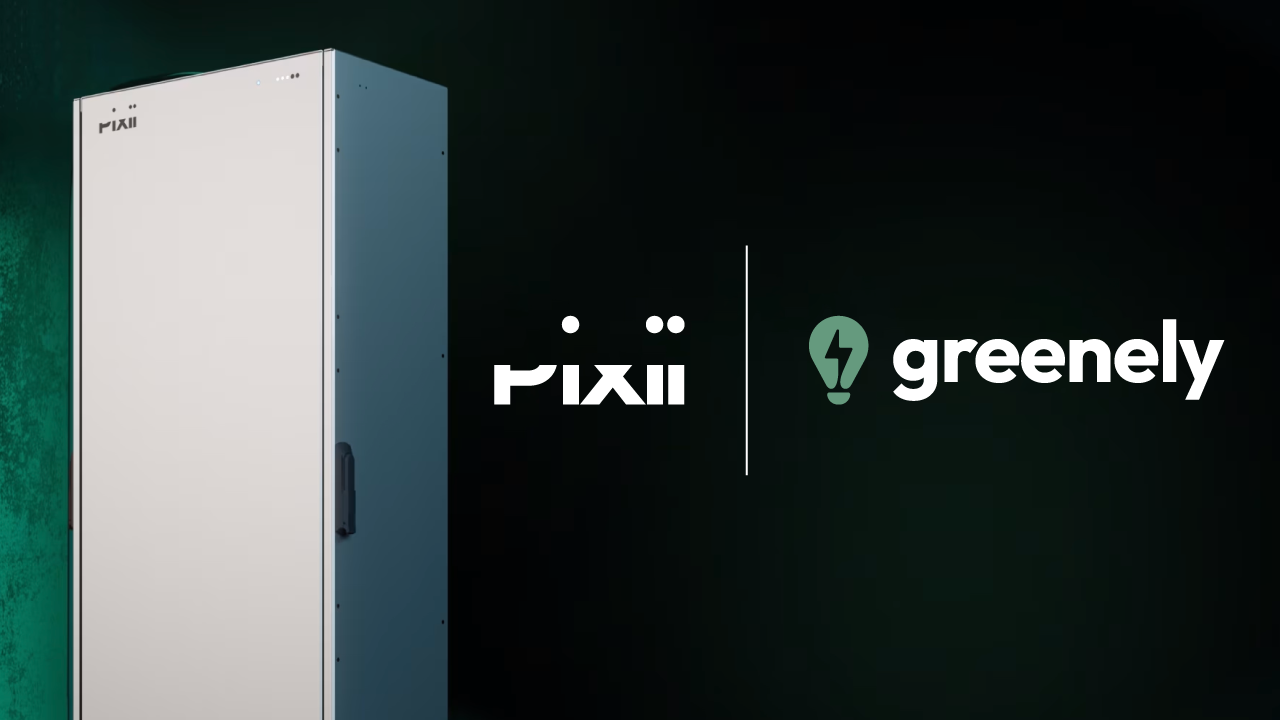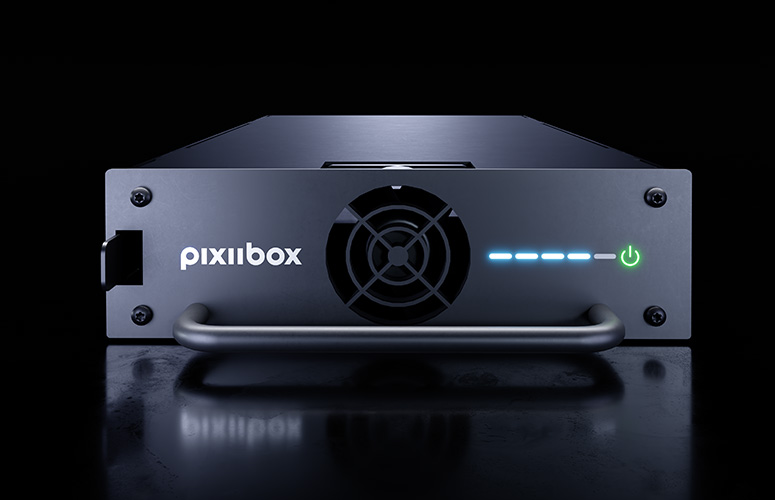With electrification of society comes an increase of new renewables in the energy mix, making it a challenge to manage distribution grids designed for a completely different situation. So, you need a quick to deploy and cost-effective solution to support your ageing assets and improve your quality of supply.
The Pixii battery energy storage system is modular and comes with advanced functionality, like voltage support, phase balancing, active and reactive power compensation, giving network operators the tools they need to ensure that the quality of electricity is according to the consumers expectations.
The Pixii BESS is quick to deploy and easy to install, with hot swappable modules allowing for easy maintenance. Remote monitoring gives you complete control of your assets, and with a range of services and support, including software enrichment upgrades, you will be future-proof.

